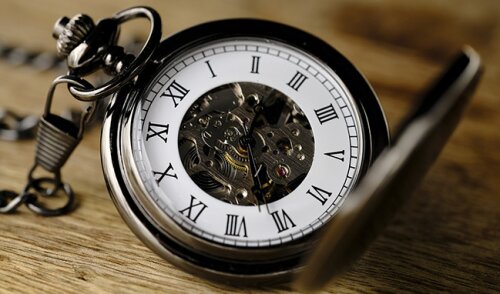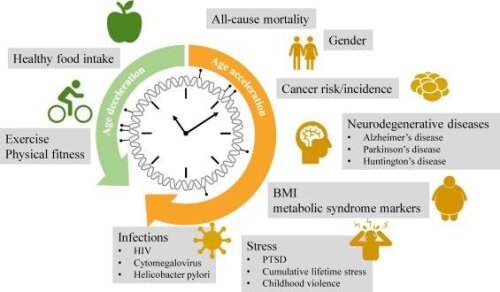
A deeper understanding of this can be used for therapeutic nutritional or pharmaceutical rejuvenating interventions to promote healthy aging, or to prevent cancer and cardiometabolic and neurodegenerative aging diseases.
Approximately 100 years ago, Albert Einstein proposed that time is a relative concept. Einstein's theory of relativity states that time and space are not as constant as everyday life would suggest. He suggested that the only true constant, the speed of light, meant that time can run faster or slower depending on gravity in space, and how fast you are travelling.
Today, we face another paradigm of nonlinear dynamic time scale in biological aging. In contrast to your chronological aging since birth, biological aging is more variable and flexible in response to the environment.
Variable speed of biological aging can be determined by measuring DNA methylation intensities of your epigenetic clock.
Remarkably, different lifestyle factors (smoking, stress, high caloric food, pollution) can speed up biological aging relative to your chronological age, whereas other factors (healthy diet, exercise) make you younger. For example, healthy centenarians with a mediterranean diet may have a biological age of 80, but a chronological age of 100. Reciprocally, heavy smokers may have a biological age of 100, but a chronological age of 80, with advanced disease/mortality risk.
As such, the epigenetic clock signature could be used as a lifestyle management tool to monitor healthy aging, to evaluate preventive interventions against chronic aging disorders and to extend healthy lifespan. In addition, the epigenetic DNA methylation clock signature is increasingly used as a biomarker to estimate aging-related disease susceptibility and mortality risk.

Further reading:
https://www.sciencedirect.com/science/article/pii/S0047637417302476
Videocast of interest: